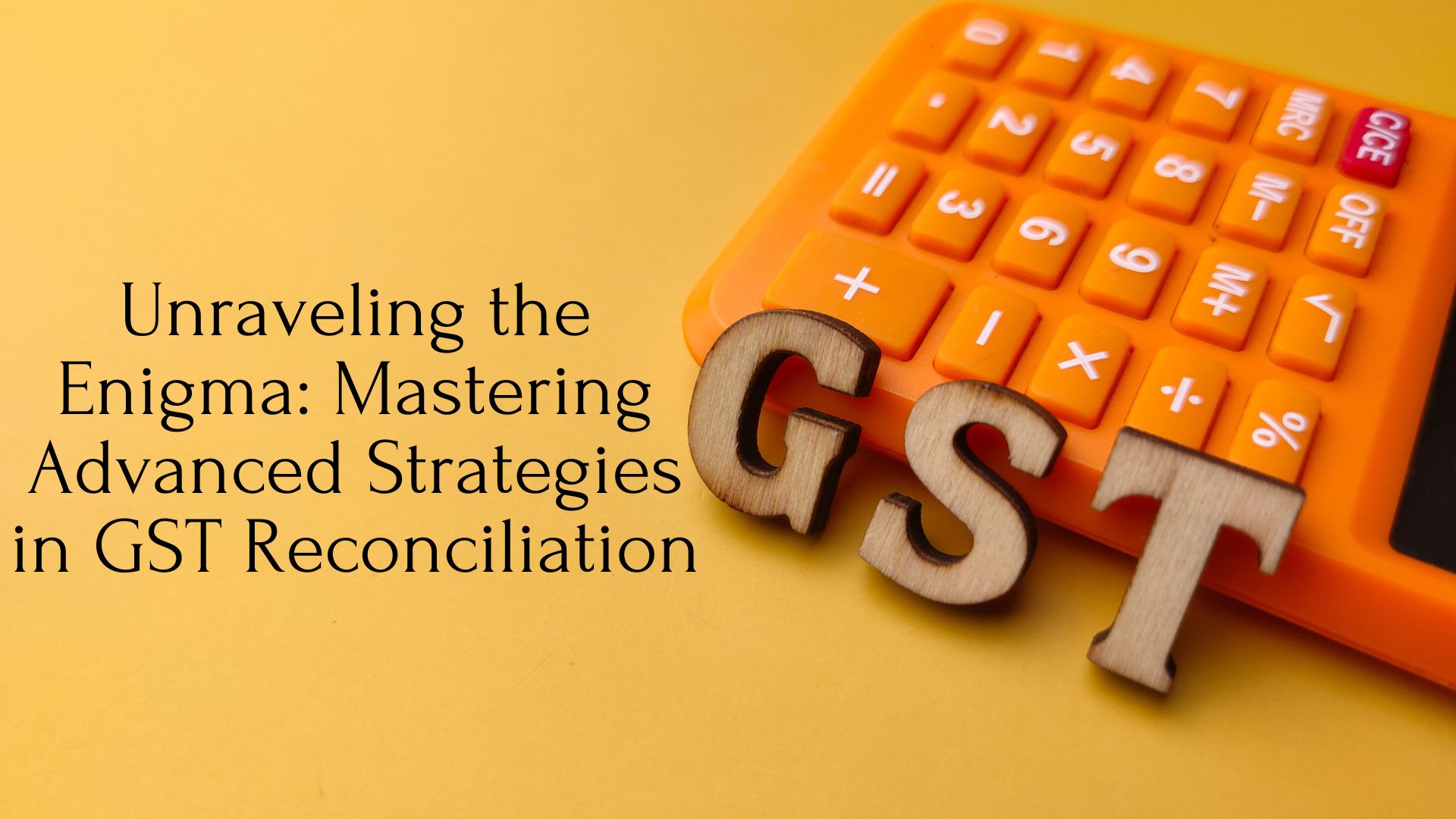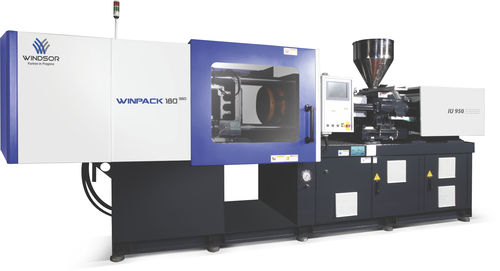Unraveling the Enigma: Mastering Advanced Strategies in GST Reconciliation

Introduction
Goods and Services Tax (GST) has revolutionized the Indian tax landscape, bringing about a unified indirect tax structure. However, the complexity of GST reconciliation often poses challenges for businesses striving to maintain compliance and accuracy in their financial records. In this comprehensive guide, we delve into the intricate world of GST reconciliation, exploring advanced strategies to decode the riddles that businesses encounter.
Understanding GST Reconciliation
GST reconciliation involves matching the data in a taxpayer’s financial records with the details available in the GST returns filed with the authorities. This process is critical for identifying discrepancies, rectifying errors, and ensuring seamless compliance. While basic reconciliation involves matching the values of sales and purchases, advanced reconciliation strategies go beyond the surface, addressing nuanced challenges.
Invoice Matching: The Foundation of Reconciliation
Effective GST reconciliation begins with meticulous invoice matching. Businesses must reconcile their sales and purchase invoices with those uploaded by their suppliers and customers on the GST portal. Advanced reconciliation extends to reconciling invoices at the line-item level, ensuring precision in matching every detail.
Implementing automated reconciliation tools can significantly enhance efficiency, reducing manual errors and expediting the entire process. Machine learning algorithms can intelligently identify discrepancies and flag potential issues, streamlining the reconciliation workflow.
Tackling Input Tax Credit (ITC) Challenges
Input Tax Credit is a crucial component of GST reconciliation, allowing businesses to claim credit for the taxes paid on inputs. Advanced strategies involve a detailed examination of ITC, considering factors such as time limits for availing credit, eligible input categories, and the restriction of credit in specific scenarios.
Regularly reconciling ITC data with the GST returns ensures that businesses identify and rectify any discrepancies promptly. Additionally, employing technology solutions that provide real-time insights into ITC utilization can prevent the accumulation of unclaimed credits.
Managing Cross-Border Transactions
For businesses engaged in international trade, reconciling GST becomes more intricate due to the involvement of Integrated GST (IGST) and cross-border transactions. Advanced strategies involve a thorough examination of export and import invoices, ensuring compliance with GST regulations governing international trade.
Automation plays a pivotal role in managing cross-border transactions, helping businesses navigate complex tax implications seamlessly. Utilizing integrated software that accounts for both domestic and international transactions enhances accuracy and reduces the risk of errors in reconciliation.
Utilizing Data Analytics for Proactive Reconciliation
Data analytics is a game-changer in GST reconciliation, enabling businesses to proactively identify patterns, trends, and potential discrepancies. Advanced reconciliation strategies leverage data analytics tools to analyze large datasets, detect anomalies, and predict future reconciliation challenges.
By adopting predictive analytics, businesses can anticipate issues before they escalate, allowing for proactive resolution. This not only enhances compliance but also contributes to better financial planning and risk management.
Reconciliation of E-Way Bills
E-Way Bills are an integral part of GST compliance, and their reconciliation is crucial for businesses involved in the movement of goods. Advanced reconciliation involves matching the details mentioned in E-Way Bills with the corresponding entries in the GST returns.
Automation tools that integrate E-Way Bill data with the GST reconciliation process streamline the verification of goods in transit, reducing the likelihood of discrepancies and ensuring a smooth flow of goods across state borders.
Conclusion
In conclusion, mastering advanced strategies in GST reconciliation is essential for businesses aiming to stay compliant, minimize errors, and optimize financial processes. By adopting these advanced reconciliation techniques, businesses can navigate the complexities of GST with confidence, ensuring accuracy in their financial records and fostering a culture of compliance and transparency. Embracing technology, leveraging data analytics, and staying abreast of regulatory changes are key to unraveling the enigma of GST reconciliation and thriving in the evolving tax landscape.





